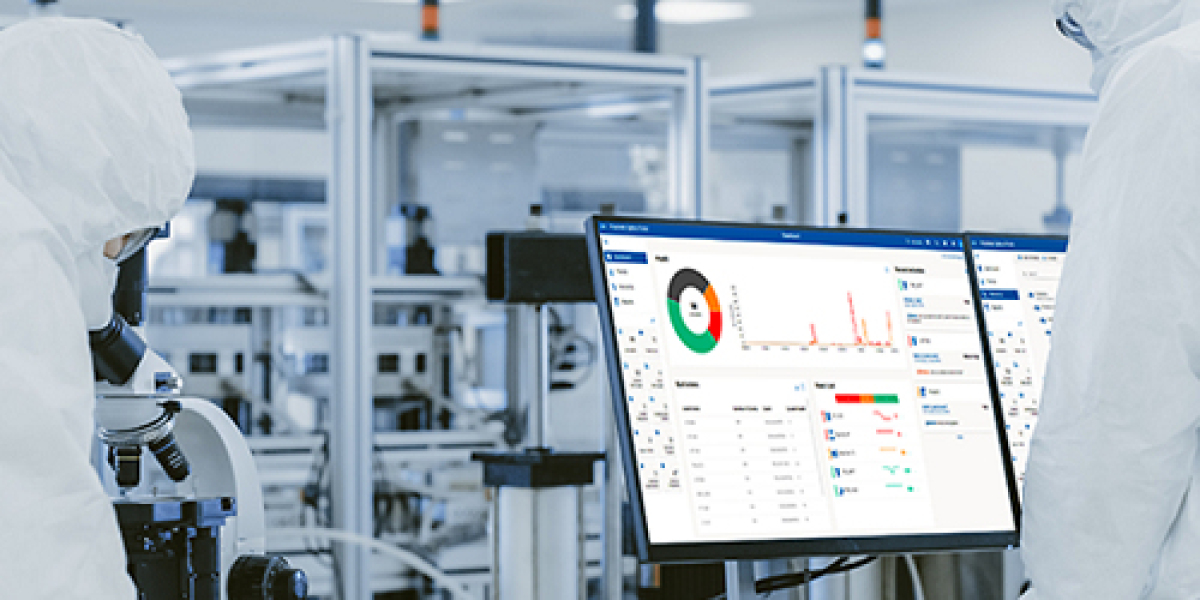The Asset Reliability Software industry has undergone a profound evolution, maturing from a niche discipline for engineers into a strategic, data-driven sector at the core of industrial digital transformation. In its early days, the industry was focused on providing desktop tools for reliability engineers to perform manual analyses, such as creating FMEAs (Failure Mode and Effects Analysis) and Weibull analysis based on historical failure data. The industry was largely reactive and analytical. The major inflection point was the dawn of the Industrial Internet of Things (IIoT), which enabled the collection of real-time condition data from assets. This transformed the industry into a proactive, predictive field focused on preventing failures before they happen, a fundamental shift in its value proposition.
The industry's successful maturation into a cornerstone of modern industrial operations is clearly reflected in its strong and stable economic growth. The asset reliability software industry is on a path to reach a total market size of USD 7.4 billion by 2030. This significant growth is sustained by a healthy compound annual growth rate (CAGR) of 7.9%, which is forecast for the coming years. This financial maturation is a direct result of the industry's ability to deliver on the promise of Industry 4.0. As the industry has developed more sophisticated capabilities in AI-powered predictive maintenance and real-time health monitoring, its strategic importance to achieving operational excellence has grown, allowing it to command a larger share of the industrial software budget.
A key aspect of the industry's evolution has been the shift from standalone, point solutions to integrated platforms. Modern asset reliability software is no longer an isolated tool but is part of a broader Asset Performance Management (APM) suite that is tightly integrated with the organization's EAM/CMMS systems. This provides a closed-loop system where insights from the reliability software can directly trigger work orders and inform maintenance planning. Another crucial evolutionary step has been the democratization of reliability data. Modern, cloud-based platforms with intuitive dashboards have made asset health information accessible not just to reliability engineers, but to operators, maintenance planners, and plant managers as well.
The future of the asset reliability software industry will be defined by its role in enabling autonomous maintenance and self-optimizing operations. The industry is moving towards a future where the software not only predicts a failure and recommends an action, but can also automatically schedule the maintenance, order the necessary parts, and provide augmented reality guidance to the technician. This will require an even deeper integration of AI, robotics, and workflow automation. As it continues on this path, the industry will solidify its position as the intelligent core of the highly reliable, safe, and efficient industrial facility of the future.
Explore Our Latest Trending Reports:








